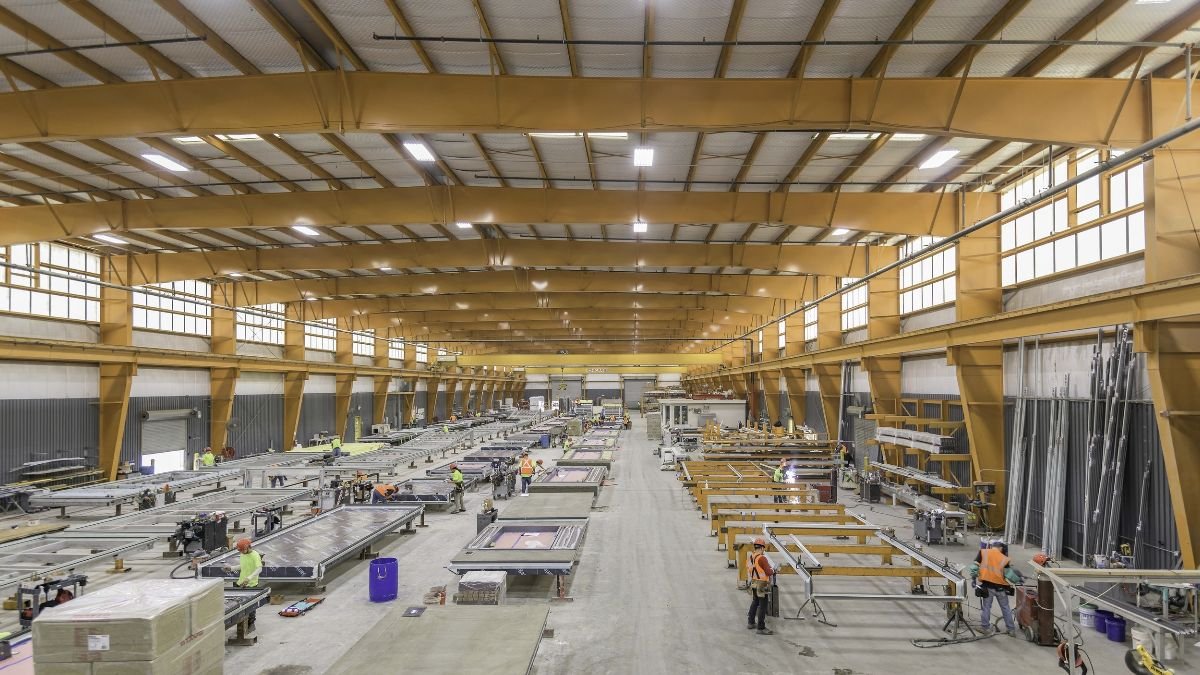Facade-ing Into the Future
Architectural Prefab
Prefabrication, where components are built offsite and then shipped to a job-site for installation, is becoming one of the most popular trends in the construction industry worldwide. With its innovative construction strategy often associated with modular and offsite construction, “prefab” is helping to make the building process simpler and more efficient.
Having many projects breaking ground in and around the city, modular construction, also known as volumetric construction, is also playing a major role in this revolution. These modules are made to be complete rooms, and once transported to their respective locations, are ready to be stacked to form a building. Depending on their type, modules can be delivered complete with kitchen or bathroom fixtures. With larger rooms, multiple modules can be joined and internal walls can be removed onsite.
Some of the benefits of prefabrication include reducing labor costs, shortening schedules, and delivering cost certainty.
Modular construction has been best suited for projects that have design repetition, such as hotels and multi-family housing. One example of this can be found at the citizenM Hotel in Boston. Located at 70 Causeway St., the construction system certainly helps make its luxury affordable.
If you make your way over to Devonshire St., you can check out another boutique hotel that defines installation efficiency, utilizing this process. By having ninety two panels pre-fabricated in Calverton, New York, the entire facade was completed in less than three weeks!
As more projects take advantage of these systems, we will continue to see fast growth in city development in a short span of time. Having its advantageous role in construction, prefabrication is certainly playing its part, allowing more room for creative, modern architecture.
Interested in seeing more? Check out some of these unique, custom prefab exteriors.
// did you know?
Did you know that the first known prefab, a panelized wood house, was shipped from England to Massachusetts in 1624 to be used as housing for a fishing fleet? This house was subsequently disassembled, moved, and reassembled several times. This appears to be the first example of a 'demountable' house, one that can be assembled, deconstructed, and reassembled.






